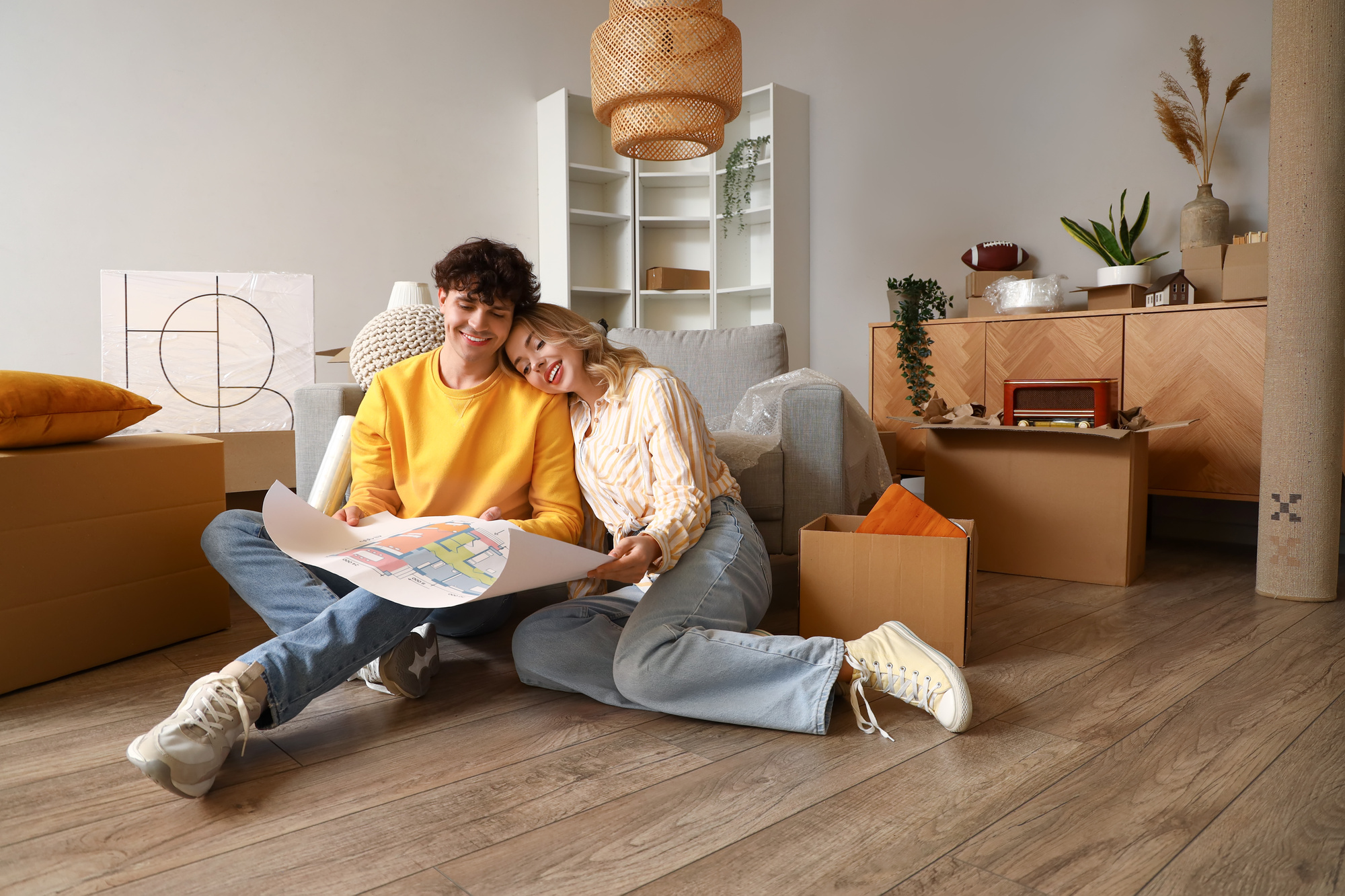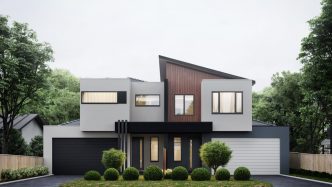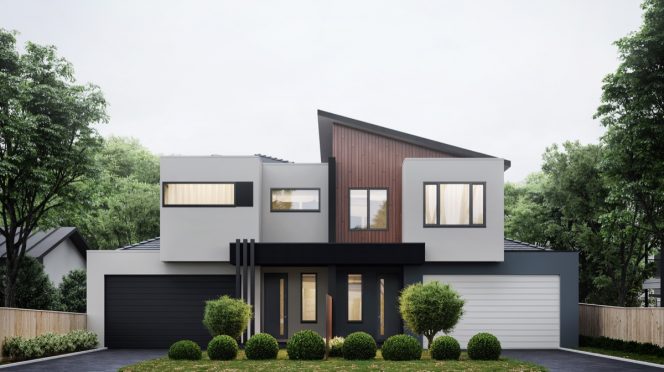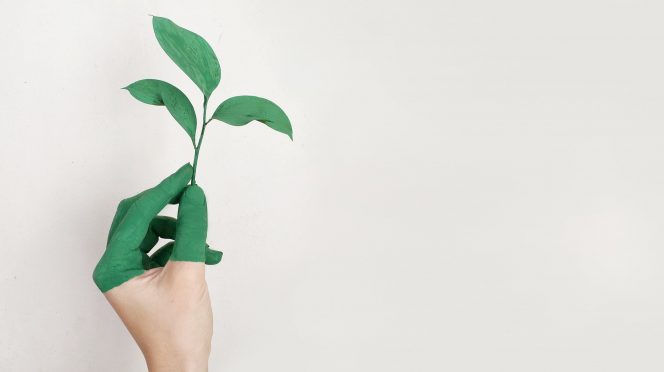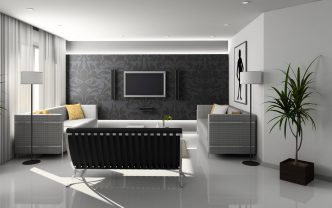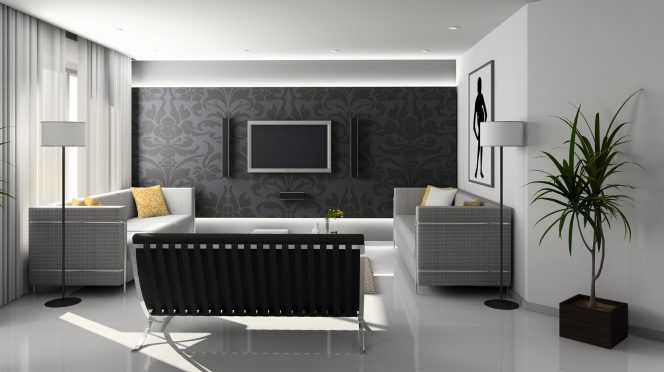Moving homes, while an exciting adventure, comes with challenges, such as ensuring that the aesthetic of your old home is preserved in the new one. Design continuity, the consistent flow of design elements from one space to another, plays a crucial role in this process. It’s not just about fitting your furniture into a new space but about maintaining your current home’s unique color, pattern, style, and form. This approach not only ease the transition but also creates a comfortable, familiar, yet refreshing new living environment. Prioritizing design continuity helps alleviate the stress of starting from scratch, allowing for a seamless move into a space that feels instantly like home.
Evaluating The Existing Design
Assessing The Current Design Elements And Aesthetics
The first step in ensuring design continuity when moving homes with the help of thebigboymovers.com is thoroughly assessing the current design elements and aesthetics. This involves evaluating your existing space’s color schemes, furniture styles, decorative pieces, and overall ambiance. Consider the feelings evoked by these elements and how they contribute to the character of your home. Take note of the textures, patterns, and materials that define your current aesthetic. Understanding what you love about your current design will serve as a foundation for creating continuity in your new home.
Identifying Key Features And Elements Worth Keeping
After assessing your current design, identify the key features and elements most significant to you. These could be statement pieces of furniture, artworks, family heirlooms, or even specific color palettes. These elements are not just decorative; they carry emotional value and personal stories, making them essential for maintaining a sense of continuity. Decide which items you’re most attached to and consider how they can be incorporated or echoed in your new space to preserve a sense of familiarity and comfort.
Determining The Design Elements That Need To Be Changed Or Adapted
Moving to a new home often requires changes and adaptations in your design approach. This part of the process involves determining which elements of your current design may not fit well in the new space. It could be due to architectural style, room sizes, or natural lighting differences. Consider how you can adapt your favorite design aspects to the new environment. Maybe a beloved large sofa won’t fit in the new living room, but its fabric or color can be introduced in other ways. Be open to reinterpreting your current design elements to suit the new space, ensuring they blend harmoniously while maintaining the essence of what makes your home uniquely yours.
Planning Ahead
Assessing The New Space And Its Unique Characteristics
Before embarking on the design continuity journey, assessing your new living space is crucial. This involves understanding its layout, dimensions, and the natural flow between rooms. Note the quality of natural light, the direction of windows, and any unique architectural features such as alcoves or fireplaces. These characteristics will serve as the canvas upon which you can paint your aesthetic, ensuring your design choices harmonize with the inherent qualities of the new space.
Analyzing The Architectural Style And Structural Limitations
Every home comes with its architectural style and structural limitations. It could be a modern apartment with minimalist features or a charming cottage with rustic elements. Recognizing and respecting these styles is vital in maintaining aesthetic continuity while adapting to the new environment. Consider how your existing furniture and decor will interact with features like ceiling heights, wall textures, and existing built-ins. This understanding will guide you in making modifications that complement the new setting.
Identifying The Design Challenges And Opportunities In The New Home
Transitioning to a new space presents both challenges and opportunities for design. Challenges may include smaller rooms, less storage space, or a different layout. Conversely, opportunities might arise in the form of a spacious patio, a larger kitchen, or an extra room. Identifying these aspects early on will allow you to plan effectively, ensuring that your design elements fit physically, aesthetically, and functionally in the new home.
Setting Design Goals And Priorities For The Space
With a clear understanding of your new home’s characteristics and potential, it’s time to set specific design goals and priorities. These should align with your lifestyle needs and aesthetic preferences. Decide what is non-negotiable in your design continuity journey. Maybe it’s keeping a beloved color scheme or ensuring ample space for art displays. Determine what can be adapted or let go. This step is about balancing the old with the new, creating a cohesive design narrative that feels familiar and refreshingly suited to your new home.
Creating A Design Mood Board
Explaining The Purpose And Benefits Of Creating A Mood Board
A mood board is invaluable in maintaining design continuity when transitioning to a new home. It serves as a visual representation of your desired aesthetic, helping to crystallize your ideas and inspirations into a cohesive vision. Creating a mood board allows for exploration and experimentation with different styles, textures, and color schemes. It helps identify what resonates with your taste and ensures the final design is harmonious and well-thought-out. Moreover, a mood board can be a great communication tool when collaborating with designers or family members, as it visually conveys your design aspirations.
Selecting Inspiration Images And Materials That Reflect Desired Aesthetic
Begin by gathering inspirational images and materials that reflect your desired aesthetic. These could include photographs of interiors, swatches of fabric, paint chips, or images of specific furniture pieces. Look for elements that resonate with your current home’s design and aspects that would fit well in the new space. This collection should represent a blend of your style and the functional requirements of your new home. The goal is to create a visual library from which you can draw inspiration and direction for your design project.
Organizing And Visually Presenting The Selected Design Elements
Once you have a collection of inspirational items, organize them into a visually appealing and coherent mood board. This can be done physically on a board or digitally using various software tools. Arrange the elements in a way that showcases how different textures, colors, and styles interact with each other. Consider the balance and flow of the board – it should tell a story and evoke the feel of the home you are trying to create. Remember, the mood board is not just a collage of ideas but a strategic tool that guides your design decisions and ensures continuity of aesthetics from your old home to the new.
Adapting Existing Furniture And Accessories
Assessing The Scale And Style Of Current Furniture Pieces
The first step in integrating existing furniture into a new home is to assess its scale and style. Measure each piece and consider how its size will fit into the new space. A large sectional sofa might have been perfect in your previous living room but could overwhelm a smaller space. Similarly, assess the style of each piece. Does your current rustic, country-style furniture align with your new home’s modern, minimalist aesthetic? This evaluation will help you decide which pieces are suitable for the new environment in size and style.
Determining Which Pieces Can Be Used In The New Space
Once you have assessed your furniture, decide which pieces can be effectively incorporated into the new space. Focus on items that are versatile or hold sentimental value. Pieces that are neutral in color and design are often easier to adapt to different settings. Consider the function of each item as well – a piece that served as a TV stand in your old home might work as a bookshelf or a display cabinet in the new one.
Repurposing And Reupholstering Furniture To Match The New Aesthetic
For pieces that you love but don’t quite fit the new aesthetic, consider repurposing or reupholstering them. A fresh coat of paint or new upholstery can dramatically change the look of a piece of furniture, allowing it to blend seamlessly into the new setting. This maintains a sense of continuity with your beloved items and offers an opportunity to personalize and refresh your furnishings.
Incorporating Existing Accessories And Décor In A Cohesive Way
Finally, look at your smaller accessories and décor items. These pieces, from artwork to throw pillows, can often be the key to tying the old and new spaces together. Arrange these items thoughtfully, mixing and matching them with new pieces to create a cohesive look. This could mean grouping similar items or distributing them throughout the space to create a sense of balance and harmony. Remember, the goal is to blend the old and new in a way that feels intentional and reflects your style.
Coordinating Colors And Materials
Selecting Color Palettes That Blend Seamlessly With Existing Elements
Choosing the right color palette is crucial for maintaining design continuity. When moving homes, consider the colors you loved in your previous home and how they can be incorporated into the new space. Look for shades that complement your existing furniture and decor. This might involve using a similar color scheme or selecting complementary colors that blend well with your cherished pieces. The goal is to seamlessly transition from one space to another through thoughtful color coordination.
Incorporating Materials That Create Visual Harmony And Cohesiveness
Materials play a significant role in the overall aesthetic of a home. When striving for design continuity, it’s important to incorporate materials that harmonize with those in your previous home. This could involve using similar wood finishes, metals, or fabrics. If your old home had a lot of wooden elements, consider how wood can be integrated into your new space. The aim is to create a cohesive look that feels familiar yet fresh.
Using Texture And Pattern To Create Interest And Continuity
Texture and pattern are essential for adding depth and interest to your design while maintaining continuity. Consider the textures and patterns you used previously and how they can be adapted to the new environment. This might mean reusing patterned cushions or curtains or introducing similar textures through rugs or wall hangings. The right mix of texture and pattern can tie different design elements together, creating a unified and inviting space.
Lighting And Ambiance
Assessing The Lighting Needs Of The New Space
Lighting is a key component of home design, affecting both function and mood. Start by assessing the natural and artificial lighting needs of your new space. Consider the placement of windows, the direction they face, and how much natural light enters the room throughout the day. Also, think about the activities that will take place in each room and plan your lighting accordingly.
Incorporating Both Natural And Artificial Lighting To Enhance The Aesthetic
To maintain aesthetic continuity, aim to balance natural and artificial lighting to complement your design. Use curtains or blinds to control the amount of natural light, creating the desired ambiance. For artificial lighting, choose fixtures and bulbs that mimic the lighting quality of your previous home. Layer different types of lighting, such as ambient, task, and accent lighting, to add depth and texture to your rooms.
Conclusion
Maintaining aesthetic continuity when moving homes is essential for creating a seamless transition and comforting familiarity in a new environment. One can achieve a harmonious blend of old and new by carefully assessing existing design elements, thoughtful planning, and adaptation of furniture and accessories. It’s important to remember that this process is about replicating past styles and embracing the opportunity to refine and express your style in your new home. By adhering to the key strategies of design continuity, you can create a space that not only resonates with your aesthetic but also evolves with your changing needs and preferences.
